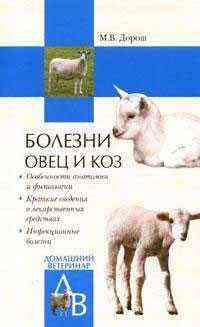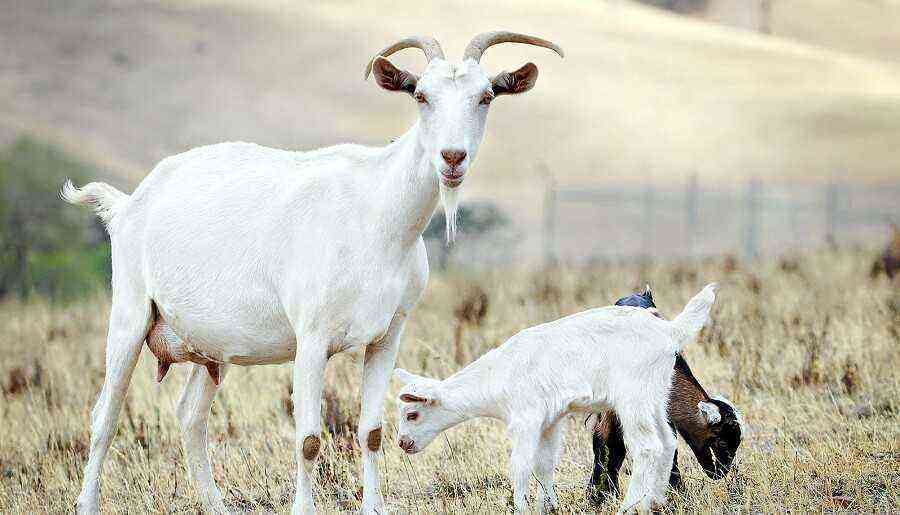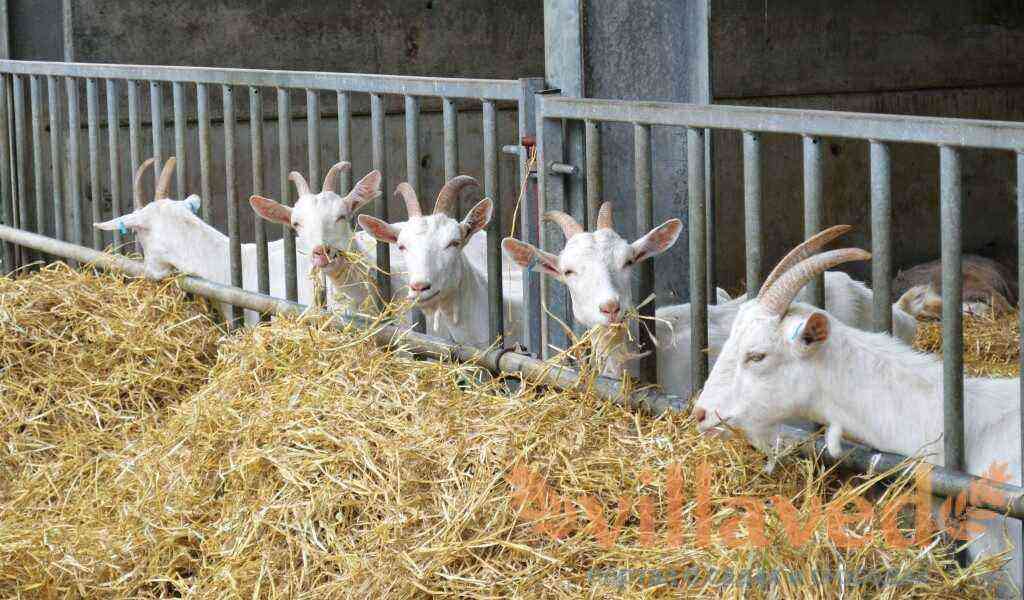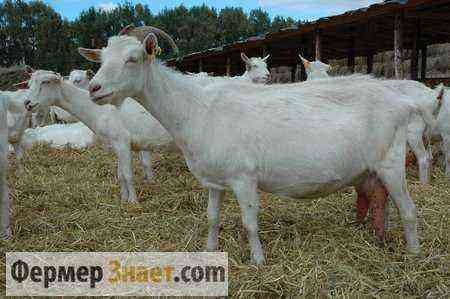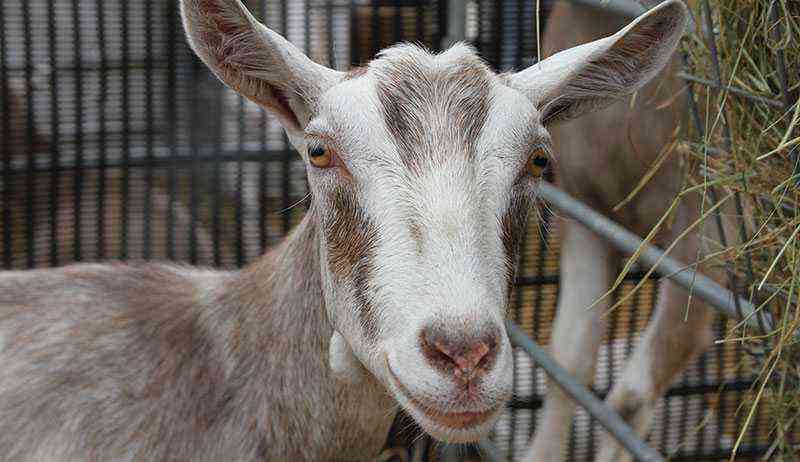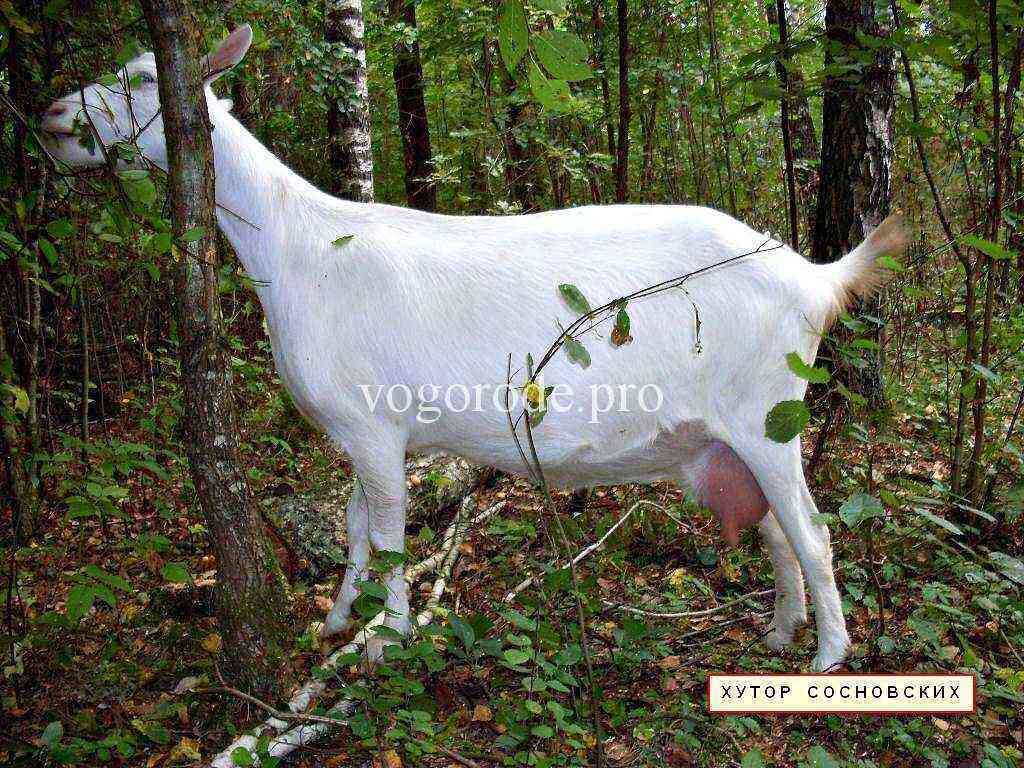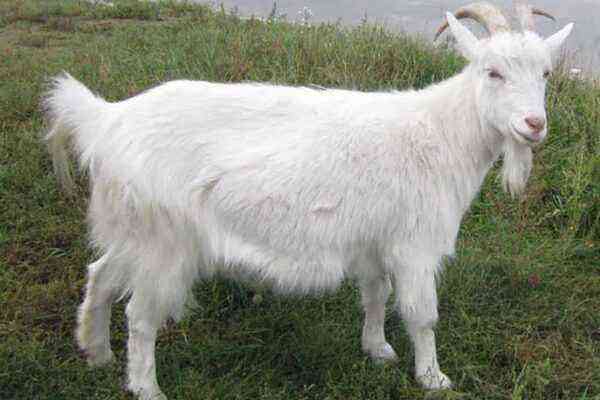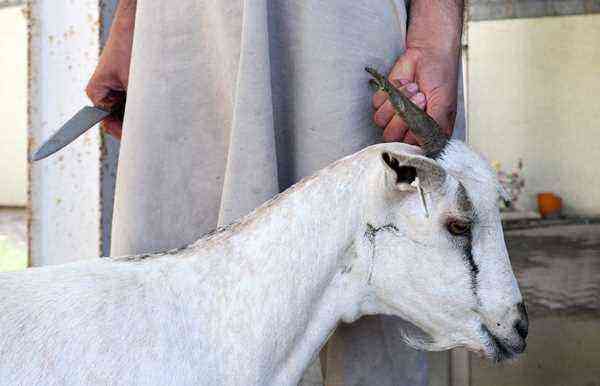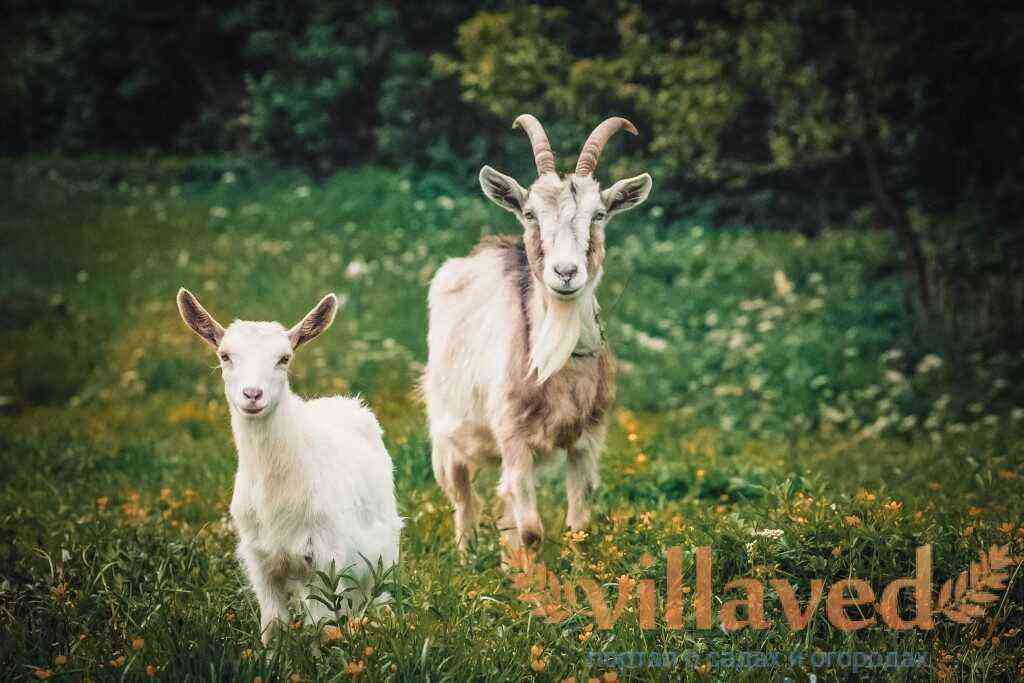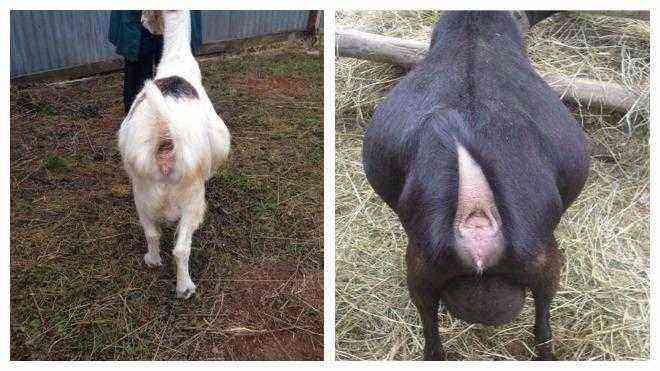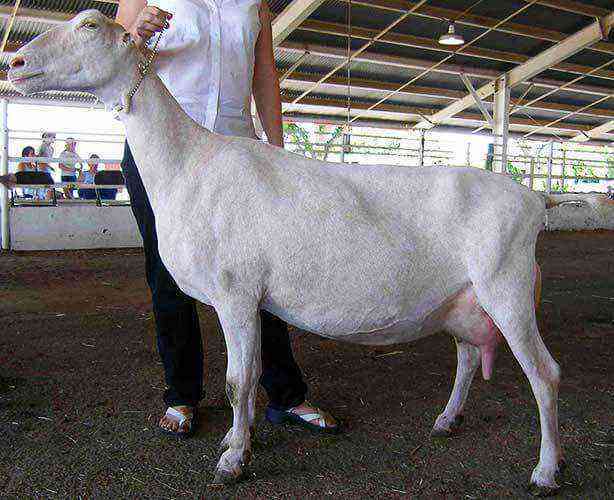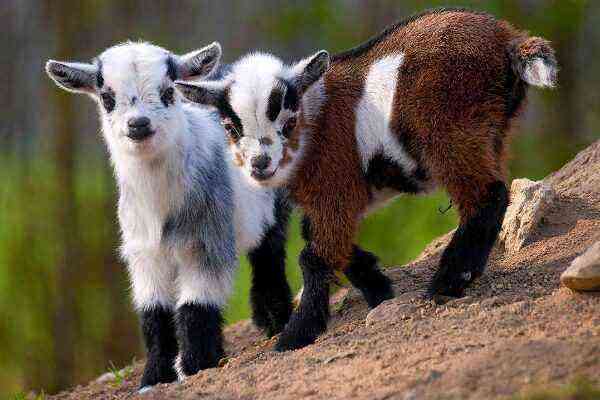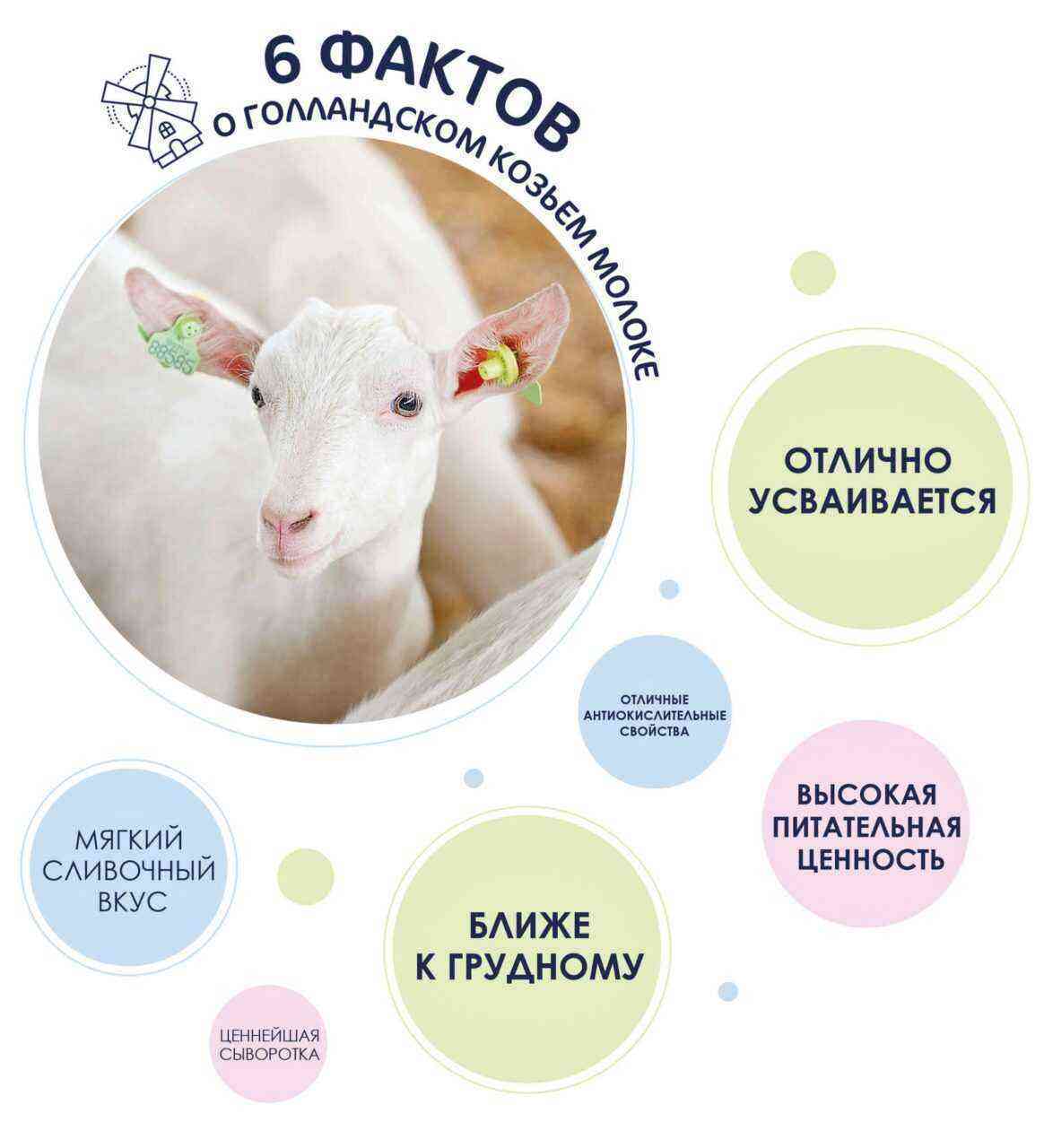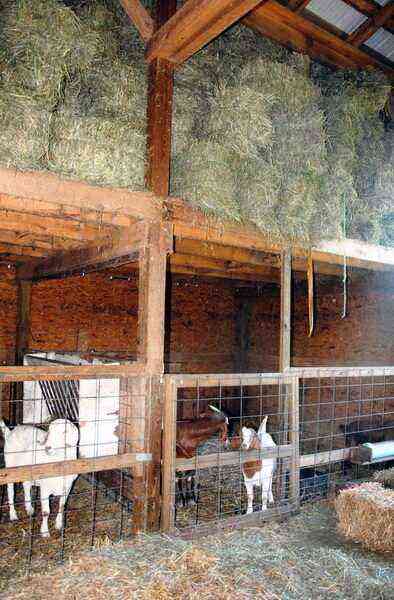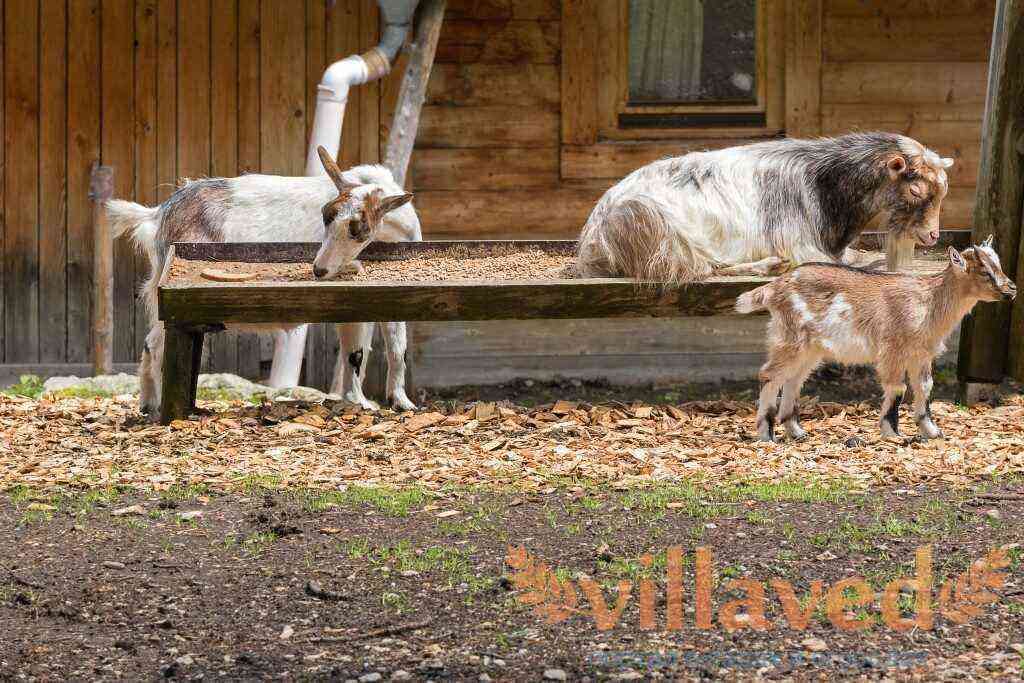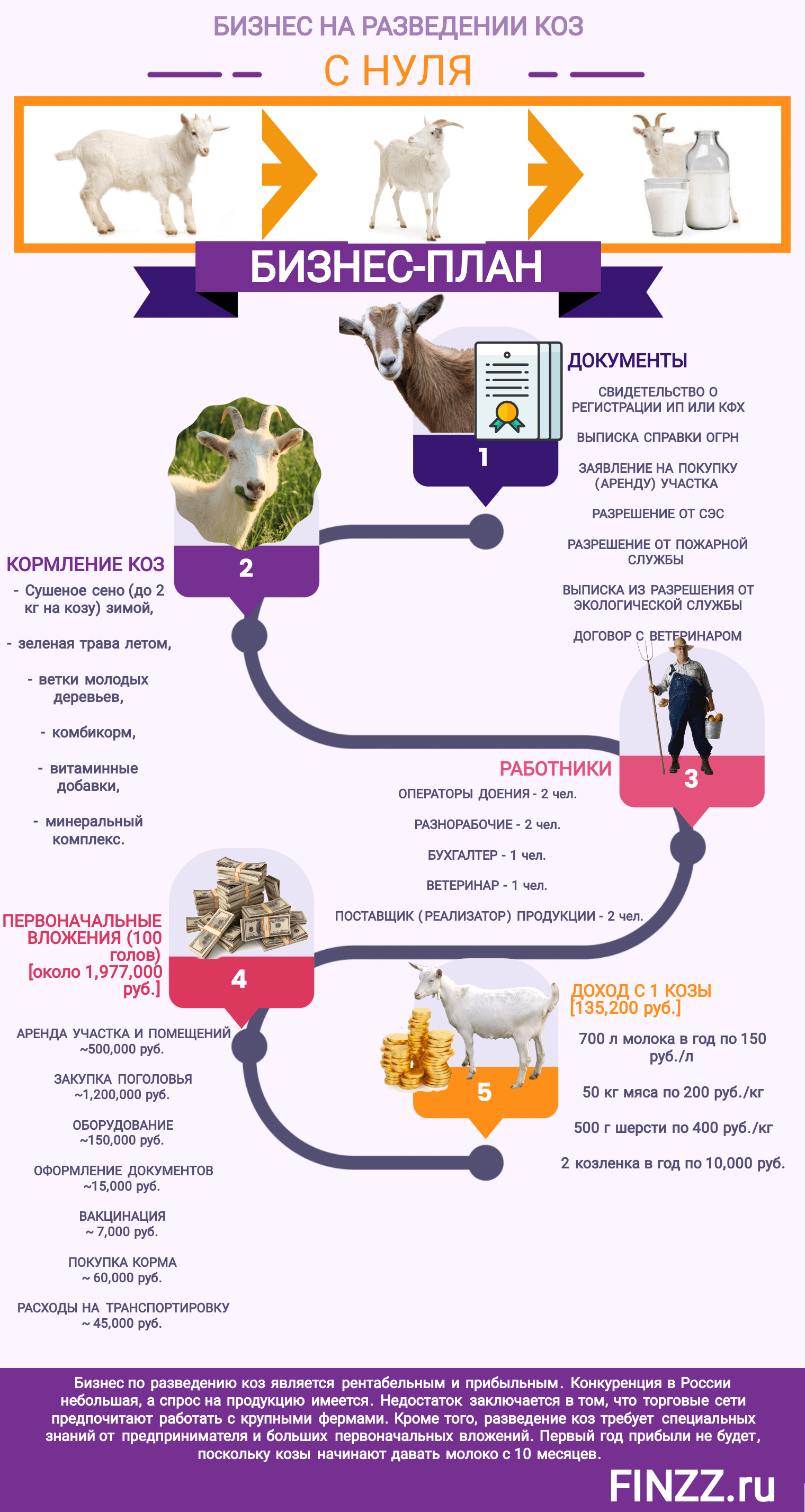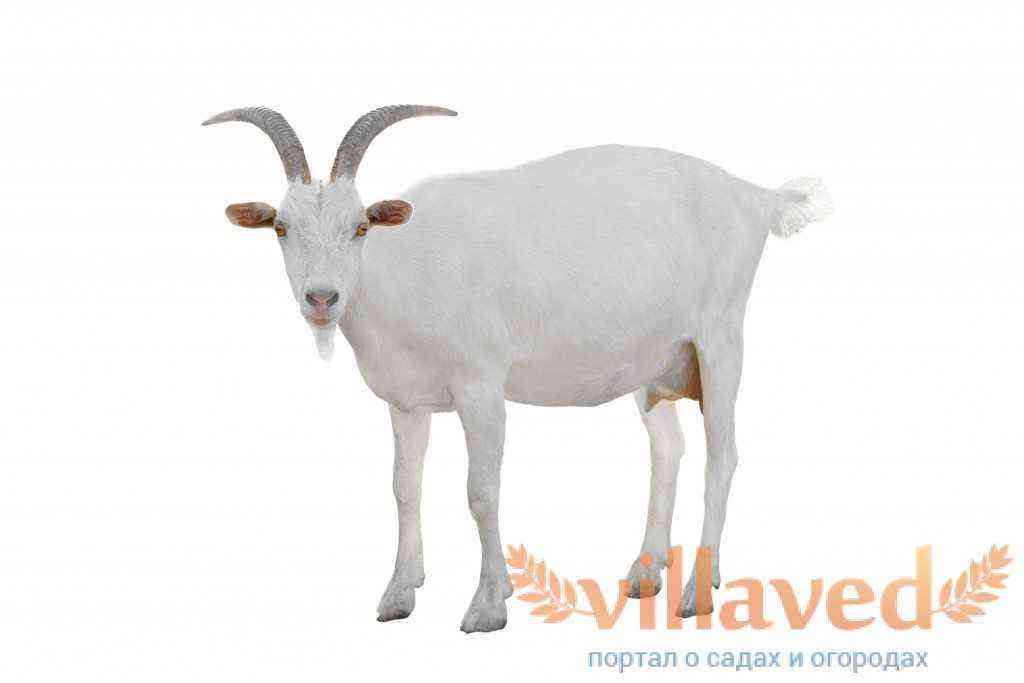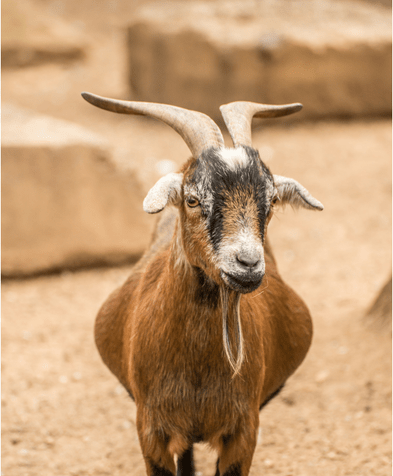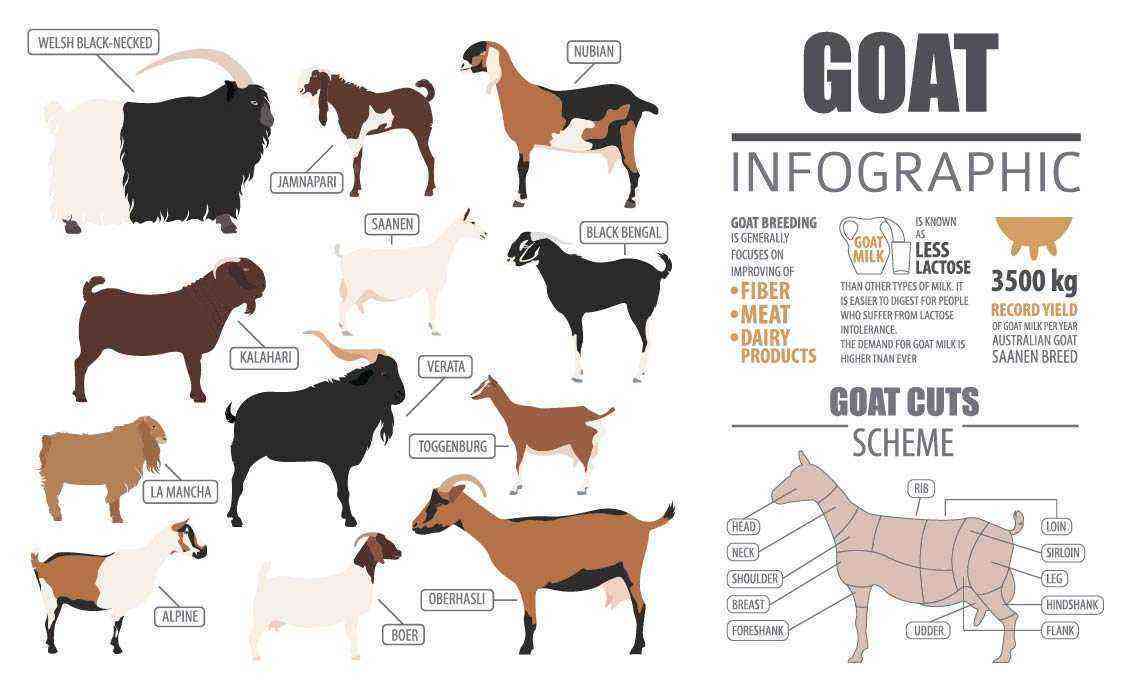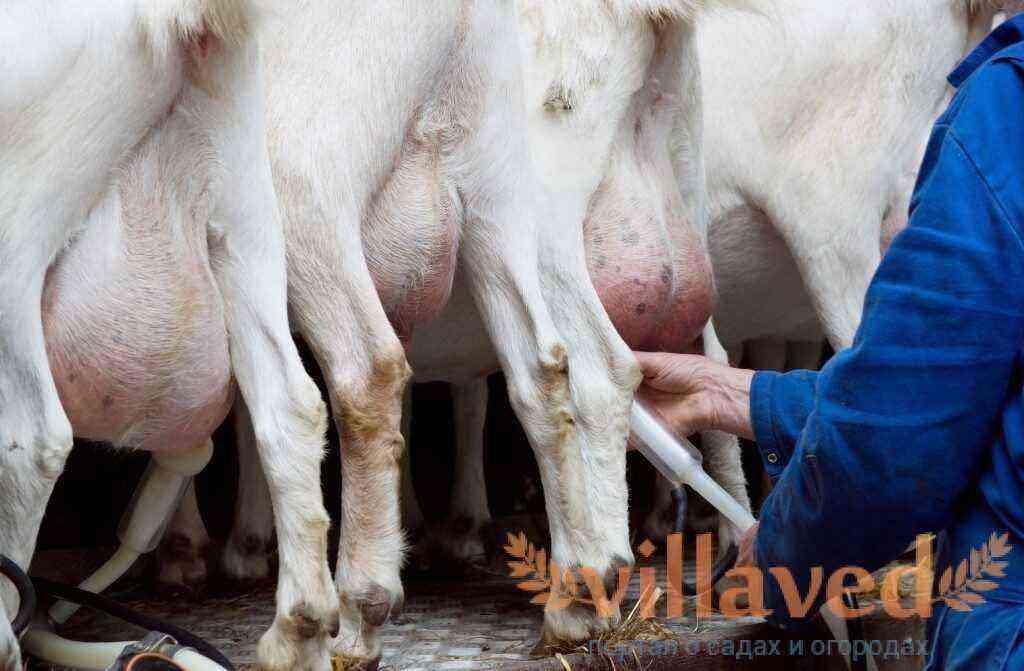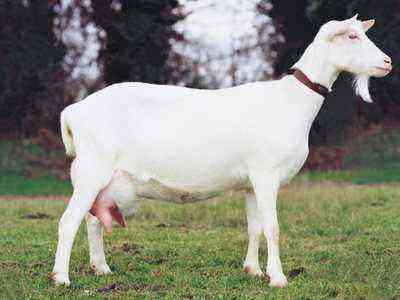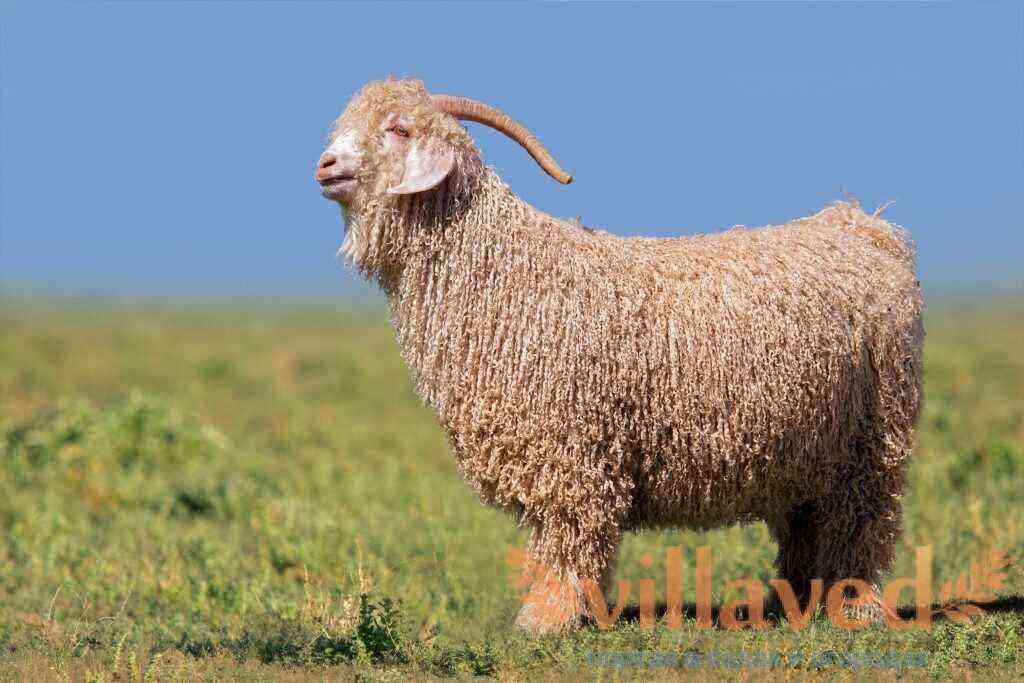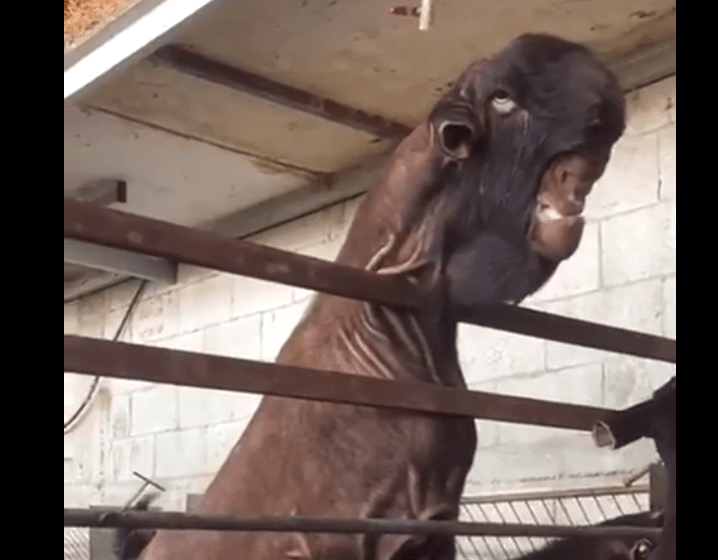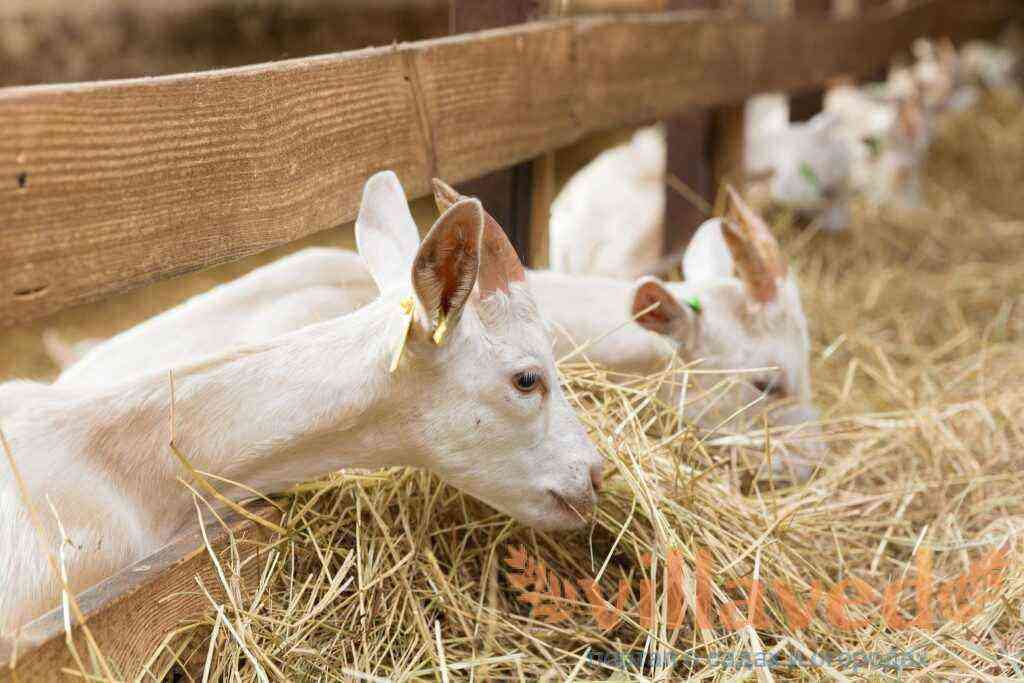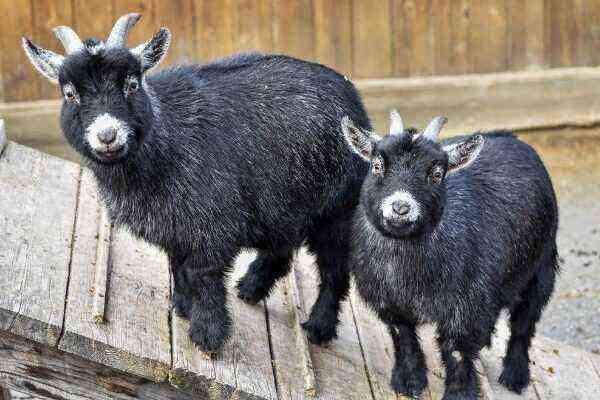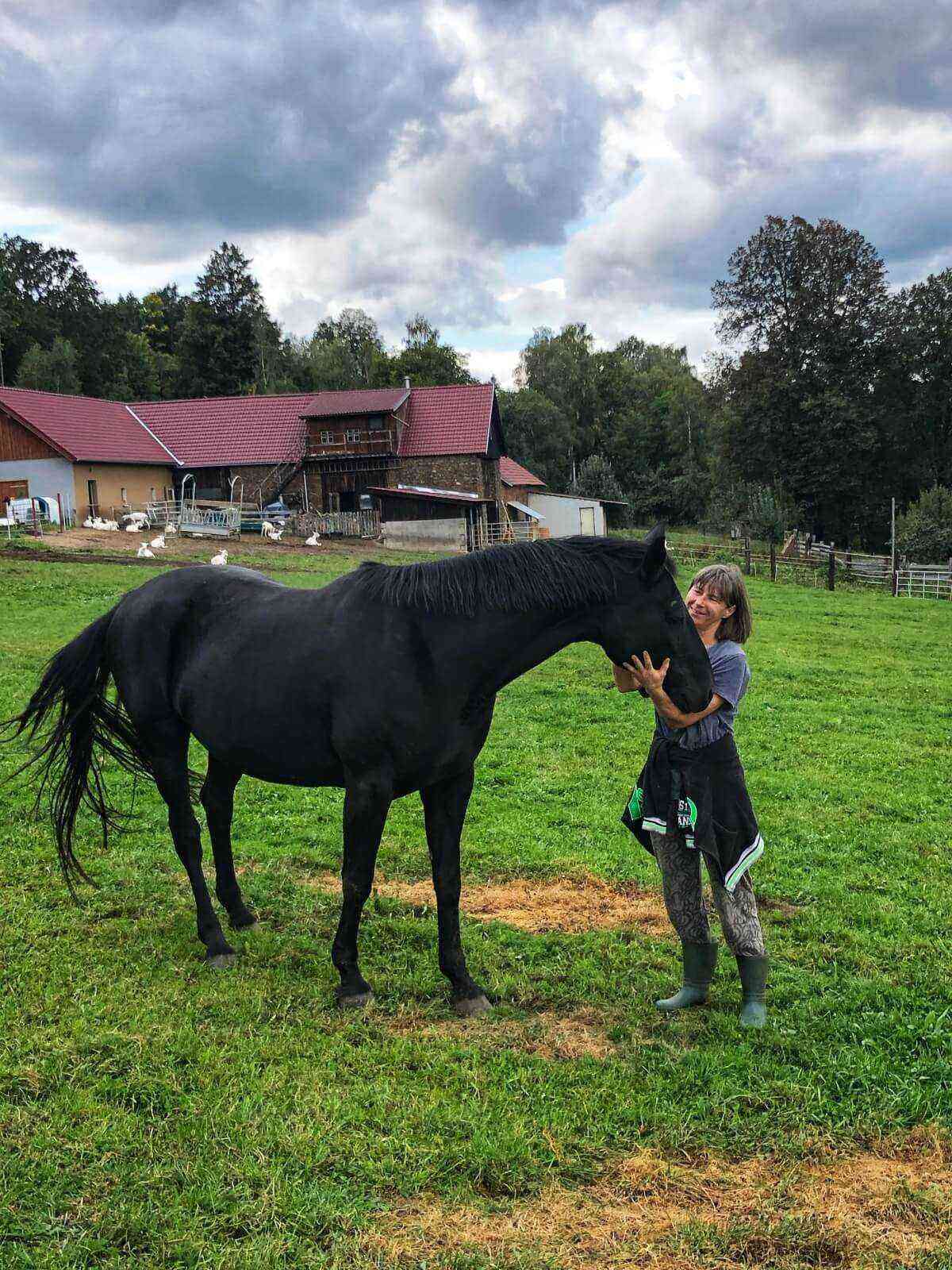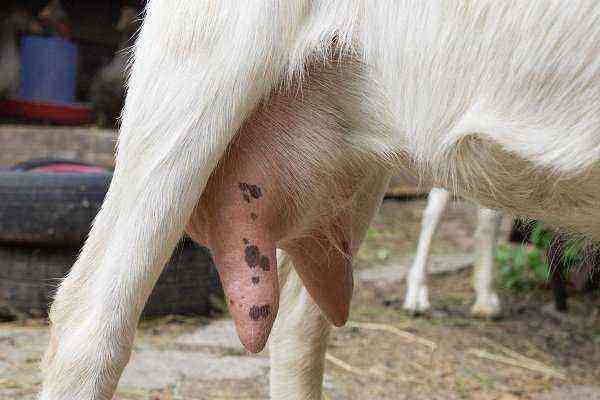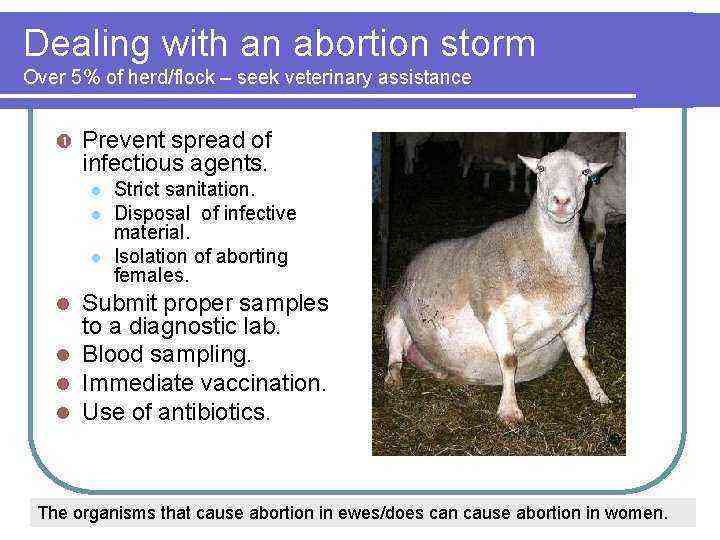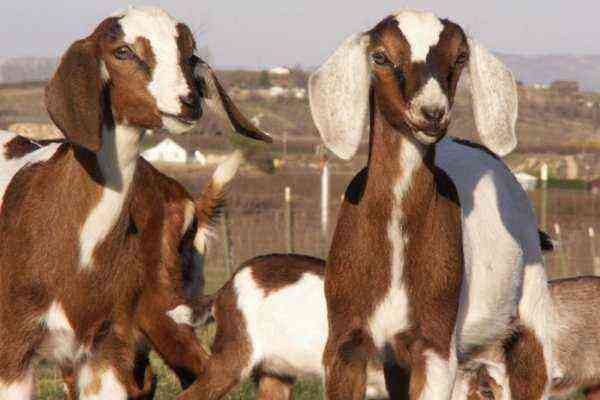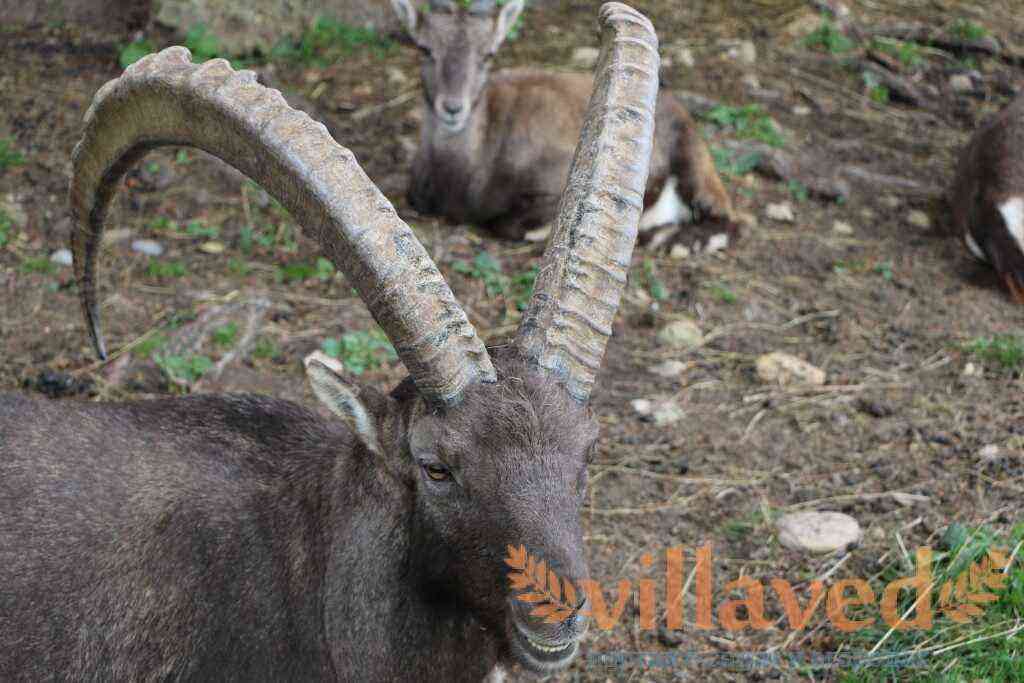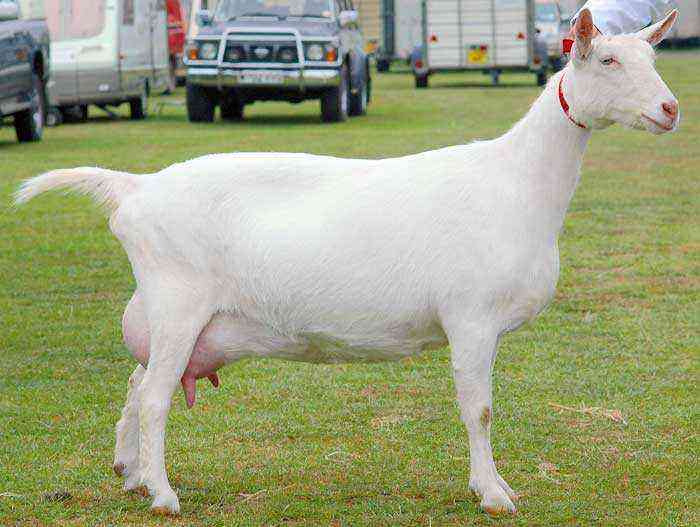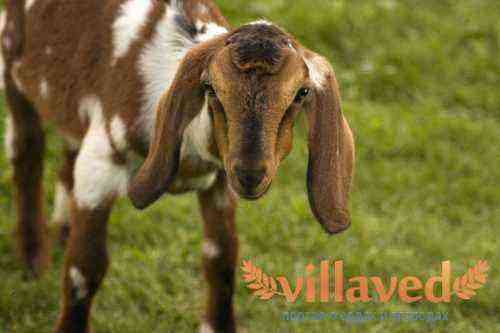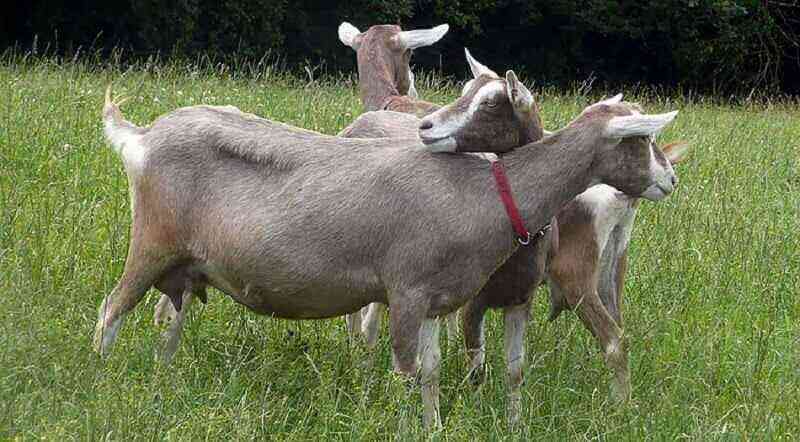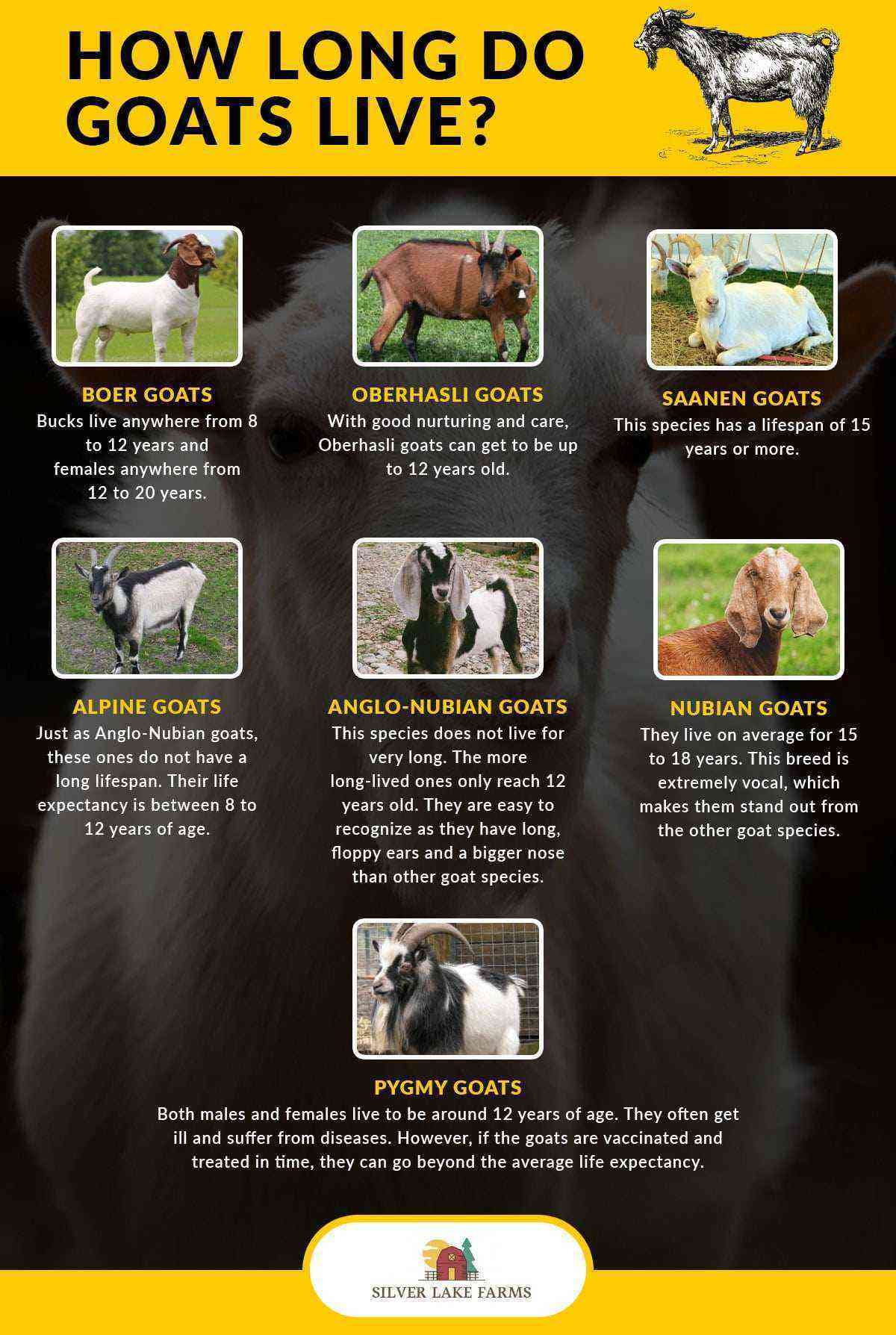Meat breeds of goats are different from all other breeds. Both externally and in terms of the rate of live weight gain, and in terms of daily milk yield. The milk they give is only enough to feed the kids. At the same time, their meat has a high taste, and resembles lamb. This article will talk about how goats of meat breeds look and about the features of keeping and breeding.
farmer-online.com
Meat breeds of goats
The content of the article:
The main features of meat-oriented goats
Goat breeds that are raised for meat fit the same description. They have a wide and massive barrel-shaped body, a small udder compared to dairy goats, and well-developed muscles. The limbs are strong and strong, able to withstand considerable body weight. The length and texture of the wool depend on the area in which the breed was bred.
The weight of a meat-oriented goat is gaining very quickly. For example, Boer goats gain 450-500 grams of live weight per day. The average weight of adult animals of the same breed is about 85 kg for goats, and about 100 kg for goats. These animals are also prolific. For example, the Kiko and Boer breeds bring 2-3 kids a year, sometimes more.
There are three most famous breeds of this orientation. These are Boer, Kiko and local Greek. All of them differ in their mass, appearance and taste of meat. Their main similarity is unpretentiousness and rapid weight gain. More details about the features of these breeds will be discussed below.
Boer meat goat breed
Boer goats are rightfully considered one of the most popular in the world. The name comes from the Dutch “boer”, which translates as “farmer”. Its main color is white, with brown spots on the head and legs, but there are also completely brown and even black animals. The coat is short. The horns are bent back and to the sides, thick and not long. Head with protruding forehead and large hanging ears.
Boer goats
Boer goats reach a weight of 130-150 kg. But this applies to males, females are rarely heavier than 100 kg. Kids at birth weigh 3,5-4 kg, and gain up to 0,5 kg of weight per day. The meat is very tender, lean, reminiscent of veal. Due to the high quality of their meat and their rapid weight gain, Boer goats are successfully replacing cattle in some areas.
These animals have a number of advantages, because of which it is worth paying attention to those goat breeders who are going to breed goats for meat:
- Undemanding to maintenance and feeding
- Easily adapt to the climatic features of the area
- Easily resistant to disease, hardy
- Smart and calm
The only drawback of these animals is that they eat any shrubs, causing considerable harm to the local ecology.
Kiko goat breed
Kiko were bred in New Zealand. Their main feature is high adaptability to living conditions. The name of the breed is translated very simply, and means “meat”. The wool of these animals comes in a variety of colors – yellow, red, gray, black. The main color is white or brown. In the warm season, the coat is short, and in the cold – long. The horns of goats are short, those of goats are long and twisted, the forehead does not protrude forward.
The mass of these animals, when compared with other meat breeds, is not large, and amounts to 50-70 kg. But at the same time, this Kiko is rightfully considered extremely prolific, and 2-3 kids are brought at a time. They gain weight very quickly, and the meat is of high quality, dietary, tastes no different from lamb. Milk yield is small, only enough for goats during the feeding period.
The main plus of the Kiko breed is their endurance and resistance to weather conditions. These animals can be grazed on poor mountain pastures that lack food for other livestock such as sheep and cows. In addition, goats of this breed always take great care of their kids. The disadvantage of Kiko is that goats are often angry and aggressive.
Greek native goat breed
These unpretentious animals were bred in Greece. They come from wild goats, which live in large numbers in the mountainous regions of this country. Coat color – black, brown, white and gray, as well as various shades of these colors. The horns are strongly bent back, short and straight. There are also hornless animals. The muzzle is strongly elongated, with a straight profile – the forehead does not protrude forward.
The weight of an adult animal does not exceed 60-65 kg. Animal meat has a high fat content and excellent taste. These goats, as representatives of the meat breed, bring little milk. But, despite the small milk yields, this milk is used to make butter and cheese, and it is also consumed fresh.
The advantages of the breed are endurance, unpretentiousness, the ability to adapt to temperature extremes. For residents of the northern regions of Russia, Greek goats are very convenient for keeping and breeding, which can also be written as a plus. The disadvantage of this breed is that it very quickly destroys any green spaces. Here is a quote on this:
Conclusion
Meat breeds of goats have a number of advantages over breeds of cows and sheep of the same orientation. They gain weight in a short time, and are also unpretentious and resistant to diseases and weather conditions. Another useful feature of these animals is that they are smarter than cows and sheep. And their meat in terms of taste and dietary qualities is not inferior to the meat of other representatives of livestock. Therefore, they are suitable for any farmer who wants to raise livestock for meat.
